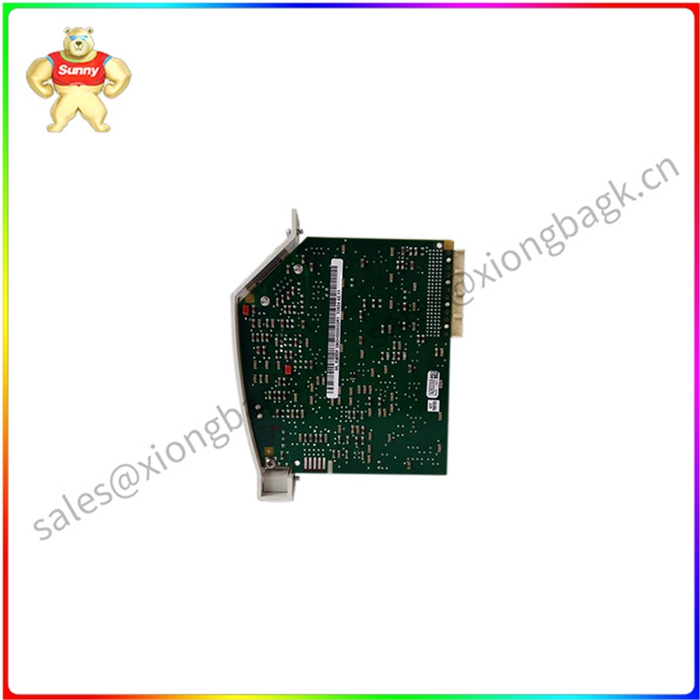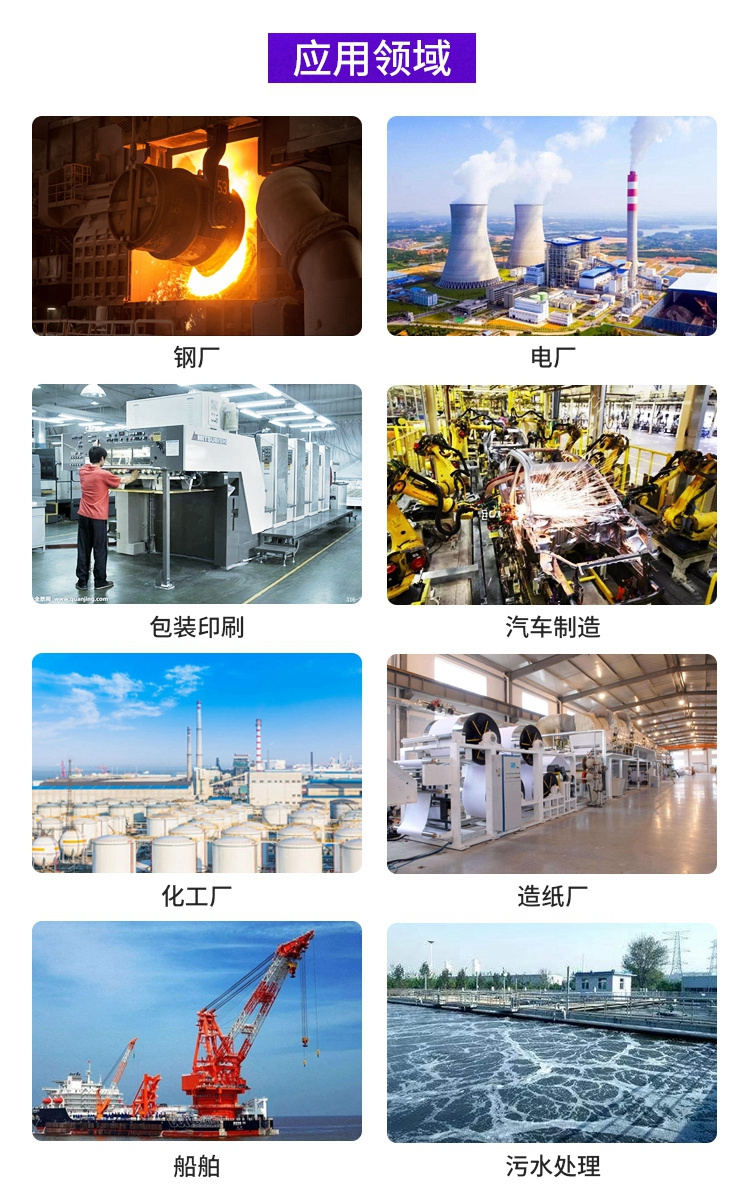FI810F 现场总线模件 AC800F系列
主要特点:
CAN总线接口:FI810F模块提供CAN总线接口,允许 PLC 根据 CAN 2 与 CAN 总线网络上的设备进行通信。0B标准。
三通道设计:该模块具有三个独立的CAN总线通道,可同时与多个CAN总线网络进行通信。
高传输速率:它支持高达 1 Mbps 的传输速率,确保实时应用程序的快速数据交换。
热插拔设计:FI810F模块可以在PLC运行时插入或移除,无需系统停机即可轻松维护和更改配置。
冗余操作:可以配置冗余FI810F模块以实现冗余通信,即使在模块发生故障的情况下,也能确保可靠的数据交换。
应用:
工业自动化系统:FI810F模块广泛应用于工业自动化系统,可实现PLC与各种现场设备之间的通信,例如:
a. 传感器:获取传感器数据以监测温度、压力、位置和速度等参数。
b. 执行器:控制执行器以调节阀门、电机和其他设备。
楼宇自动化系统:它在楼宇自动化系统中找到了应用,控制和监测建筑系统,例如:
一个。 供暖、通风和空调 (HVAC):调节温度,湿度以及建筑物的通风。
b. 照明控制:管理照明水平和时间表,以提高能源效率和居住者舒适度。
c. 存取控制:控制对门的访问,电梯和其他限制区域。
运输系统:FI810F模块用于运输系统,实现控制系统和各种组件之间的通信,如:
一个。 电机控制:牵引系统中的电机控制,输送 机和其他推进应用。
b. 传感器数据采集:获取传感器数据以监控车辆参数,如速度,位置和制动状态。
c. 诊断系统:与诊断系统交换数据,进行故障检测和维护。
好处:
增强的系统灵活性:FI810F模块扩展了PLC的通信功能,能够与各种CAN总线设备集成,并增强系统灵活性。
实时数据交换:高传输速率支持实时数据交换,促进快速响应时间并实现动态控制应用。
降低布线复杂性:与传统的点对点连接相比,CAN总线网络简化了布线,降低安装成本,提高系统可维护性。
可靠的通信:冗余操作能力确保即使在模块发生故障时也能实现可靠的通信,提高系统正常运行时间和安全性。
与 AC 800F PLC 集成:与 AC 800F PLC 平台无缝集成,简化了编程,配置和维护。
考虑因素和挑战:
CAN总线网络设计:精心设计CAN总线网络,考虑网络拓扑等因素,电缆长度,和消息优先级。
设备兼容性:确保PLC之间的兼容性,FI810F模块,和CAN总线设备,以避免通信错误或数据丢失。
错误处理和故障管理:实施适当的错误处理和故障管理机制,以保持系统可靠性并从网络或设备故障中恢复。
网络安全:实施网络安全措施,保护CAN总线网络免受未经授权的访问和恶意攻击。
电磁干扰 (EMI) 注意事项:考虑使用EMI缓解技术,以zui大限度地减少噪声干扰并确保可靠的数据传输。
通过仔细考虑这些因素,FI810F现场总线模块可以有效增强AC 800F PLC的通信能力和灵活性,在各种工业自动化中实现可靠的数据交换和控制,楼宇自动化,和运输应用。

FI810F 现场总线模件 AC800F系列
Main features:
CAN bus interface: The FI810F module provides a CAN bus interface that allows the PLC to communicate with devices on the CAN bus network according to CAN 2. 0B standard.
Three-channel design: The module has three independent CAN bus channels, which CAN communicate with multiple CAN bus networks at the same time.
High transfer rates: It supports transfer rates of up to 1 Mbps, ensuring fast data exchange for real-time applications.
Hot-swappable design: The FI810F module can be inserted or removed while the PLC is running, making it easy to maintain and change configurations without system downtime.
Redundant operation: Redundant FI810F modules can be configured for redundant communication, ensuring reliable data exchange even in the event of module failure.
Applications:
Industrial automation systems: FI810F modules are widely used in industrial automation systems to enable communication between PLCS and various field equipment, such as:
a. Sensor: Obtain sensor data to monitor parameters such as temperature, pressure, position and speed.
b. Actuators: Control actuators to regulate valves, motors and other equipment.
Building automation systems: It finds applications in building automation systems to control and monitor building systems, such as:
One. Heating, Ventilation, and Air Conditioning (HVAC) : Regulates temperature, humidity, and ventilation of buildings.
b. Lighting control: Manage lighting levels and schedules to improve energy efficiency and occupant comfort.
c. Access control: Controls access to doors, elevators and other restricted areas.
Transport systems: The FI810F module is used in transport systems to enable communication between control systems and various components, such as:
One. Motor control: Motor control in traction systems, conveyors and other propulsion applications.
b. Sensor data acquisition: Sensor data is acquired to monitor vehicle parameters such as speed, position and braking status.
c. Diagnostic system: Exchange data with the diagnostic system for fault detection and maintenance.
Benefits:
Enhanced system flexibility: The FI810F module extends the PLC's communication capabilities, enables integration with various CAN bus devices, and enhances system flexibility.
Real-time data exchange: High transfer rates support real-time data exchange, facilitating fast response times and enabling dynamic control applications.
Reduce cabling complexity: Compared with traditional point-to-point connections, CAN bus networks simplify cabling, reduce installation costs, and improve system maintainability.
Reliable communication: Redundant operation capabilities ensure reliable communication even in the event of module failure, improving system uptime and safety.
Integration with AC 800F PLC: Seamless integration with the AC 800F PLC platform simplifies programming, configuration and maintenance.
Considerations and challenges:
CAN Bus Network Design: Carefully design the CAN bus network, taking into account factors such as network topology, cable length, and message priority.
Device compatibility: Ensure compatibility between PLCS, FI810F modules, and CAN bus devices to avoid communication errors or data loss.
Error Handling and fault management: Implement appropriate error handling and fault management mechanisms to maintain system reliability and recover from network or device failures.
Network Security: Implement network security measures to protect the CAN bus network from unauthorized access and malicious attacks.
Electromagnetic Interference (EMI) considerations: Consider using EMI mitigation technology to minimize noise interference and ensure reliable data transmission.
By carefully considering these factors, the FI810F fieldbus module can effectively enhance the communication capability and flexibility of the AC 800F PLC, enabling reliable data exchange and control in various industrial automation, building automation, and transportation applications.






 QQ在线客服
QQ在线客服